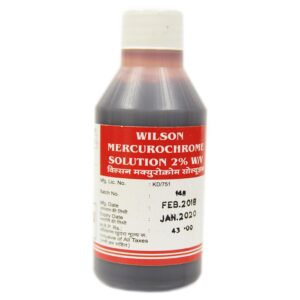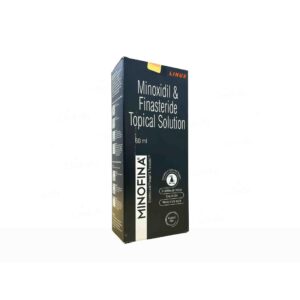SOLUTION
SOLUTION: Drug: Solution
Use: Solution is a generic term used to describe any liquid medication used for therapeutic purposes. It can be administered orally, intravenously, intramuscularly, or topically, depending on the specific medication.
Mechanism of Action: The mechanism of action of a solution depends on the active ingredient(s) present in the medication. Different solutions may have varying modes of action, such as targeting specific receptors to elicit a desired therapeutic effect, inhibiting enzymes to alter certain biochemical processes, or simply providing hydration and electrolyte balance in case of intravenous solutions.
Dose: The dose of a solution varies depending on the specific medication and the condition being treated. It is important to follow the instructions provided by the healthcare professional or the medication label. In some cases, the dose of the solution may be measured using a specific tool, such as a dropper or a syringe, to ensure accurate administration.
Side Effects: The side effects of a solution depend on the active ingredients present in the medication. Common side effects of solutions may include gastrointestinal disturbances such as nausea, vomiting, or diarrhea. Depending on the medication, other possible side effects may include drowsiness, dizziness, headache, allergic reactions, or changes in blood pressure or heart rate. It is important to read the package insert or consult a healthcare professional for a comprehensive list of potential side effects associated with a specific solution.
Note: Without knowing the specific active ingredient or purpose of the solution, it is difficult to provide accurate information about its use, mechanism of action, dose, and side effects. It is always essential to consult a healthcare professional or refer to the package insert for specific information about a particular solution.


